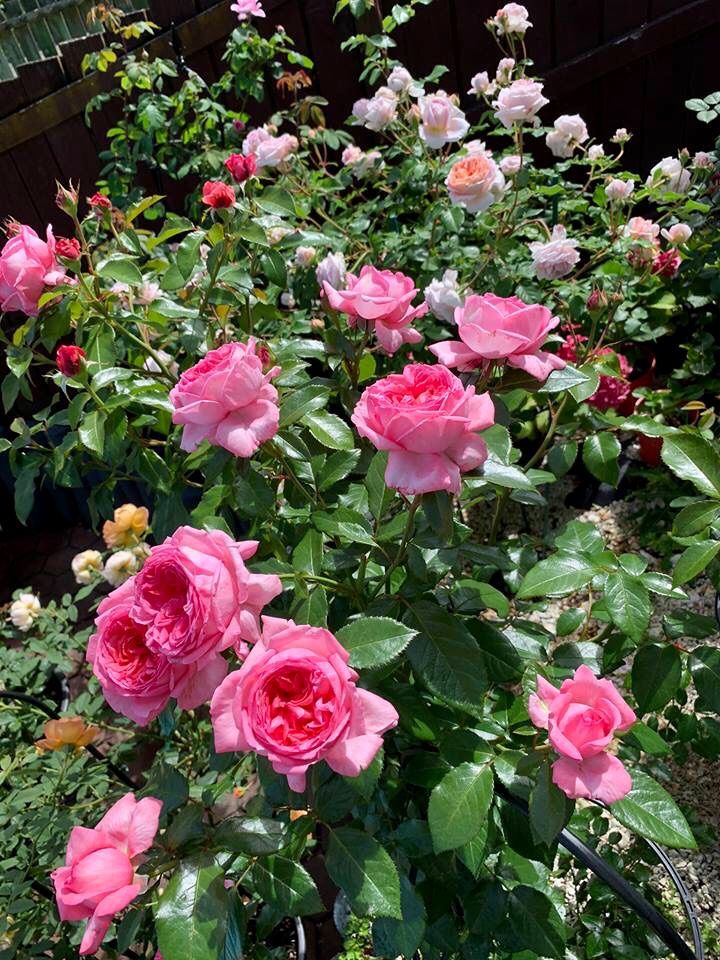Soil pH is a crucial factor that can significantly impact the health and vitality of your plants. Understanding soil pH and knowing how to adjust it can make a world of difference in your gardening success. In this guide, we’ll delve into the importance of soil pH, how to test it, and methods to adjust it to create an optimal growing environment for your plants.










What is Soil pH?
Tip: Soil pH is a measure of the acidity or alkalinity of the soil, ranging from 0 to 14, with 7 being neutral. Most plants prefer a slightly acidic to neutral soil pH, typically ranging from 6.0 to 7.0. However, some plants have specific pH preferences, so it’s essential to know the requirements of the plants you’re growing.
Importance of Soil pH
- Nutrient Availability: Soil pH affects the availability of essential nutrients in the soil. A soil pH that is too high or too low can lock up nutrients, making them unavailable to plants. Maintaining the correct soil pH ensures that plants can access the nutrients they need for healthy growth.
- Microbial Activity: Soil pH influences the activity of soil microbes, which play a vital role in nutrient cycling and soil health. A balanced soil pH promotes beneficial microbial activity, contributing to improved soil structure and fertility.
- Plant Health and Growth: Soil pH directly impacts plant health and growth. Plants grown in the correct pH range are healthier, more vigorous, and more productive, with better resistance to pests and diseases.
How to Test Soil pH
Tip: Testing soil pH is easy and can be done using a soil pH testing kit available at garden centers or through soil testing services. Collect soil samples from different areas of your garden, mix them together, and follow the instructions on the testing kit to determine your soil pH.
Adjusting Soil pH
- For Acidic Soil (pH below 6.0):
- Lime: Apply agricultural lime to raise soil pH and make acidic soil more alkaline.
- Wood Ash: Wood ash can also be used to raise soil pH, but use it sparingly as it contains potassium and other nutrients.
- For Alkaline Soil (pH above 7.0):
- Sulfur: Apply elemental sulfur to lower soil pH and make alkaline soil more acidic.
- Organic Matter: Incorporating organic matter like compost or peat moss can also help lower soil pH over time.
Tips for Maintaining Balanced Soil pH
- Regularly Test Soil pH: Test your soil pH at least once a year or whenever you notice signs of nutrient deficiencies or plant stress.
- Adjust pH Based on Plant Needs: Different plants have different pH preferences, so adjust soil pH based on the specific requirements of the plants you’re growing.
- Incorporate Organic Matter: Adding organic matter like compost, leaf mold, or aged manure can help buffer soil pH and improve overall soil health.
- Monitor Water Quality: Water quality can also affect soil pH, especially if your water source is naturally acidic or alkaline. Consider using rainwater or filtered water to avoid pH fluctuations.
Conclusion
Understanding soil pH and knowing how to adjust it is essential for creating a healthy and productive garden. By maintaining a balanced soil pH, you can ensure that your plants have access to the nutrients they need, promote beneficial microbial activity, and create an optimal growing environment.
Regularly test your soil pH, adjust it as needed based on plant requirements, and incorporate organic matter to maintain a balanced and healthy soil pH. With proper soil pH management, you’ll be well on your way to growing a vibrant and thriving garden that’s the envy of all your neighbors. Happy gardening!